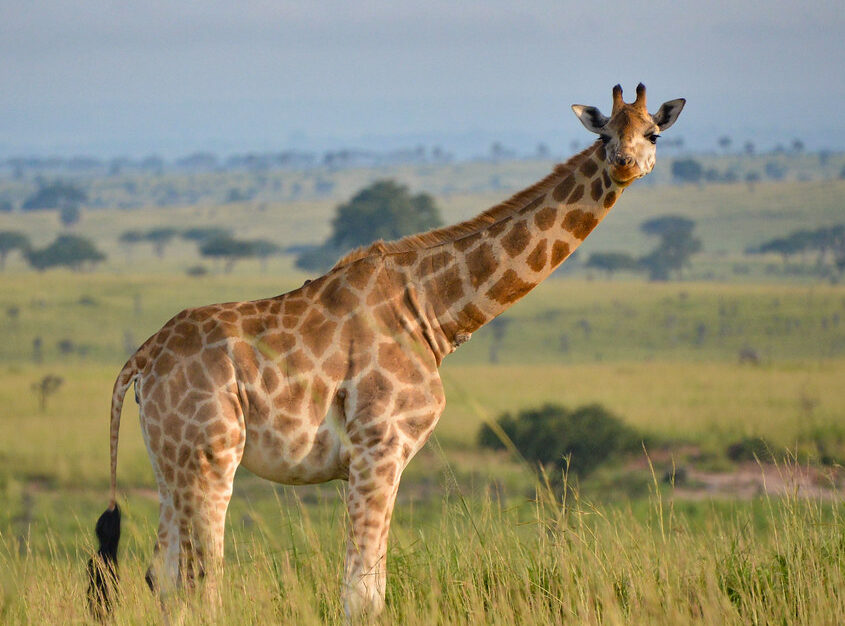
The world’s rich tapestry of wildlife is under threat. Many species that have been part of our collective imagination and ecosystems for generations are teetering on the brink of extinction. Here are 15 beloved animals that could disappear within your lifetime if urgent action isn’t taken.
African Elephants
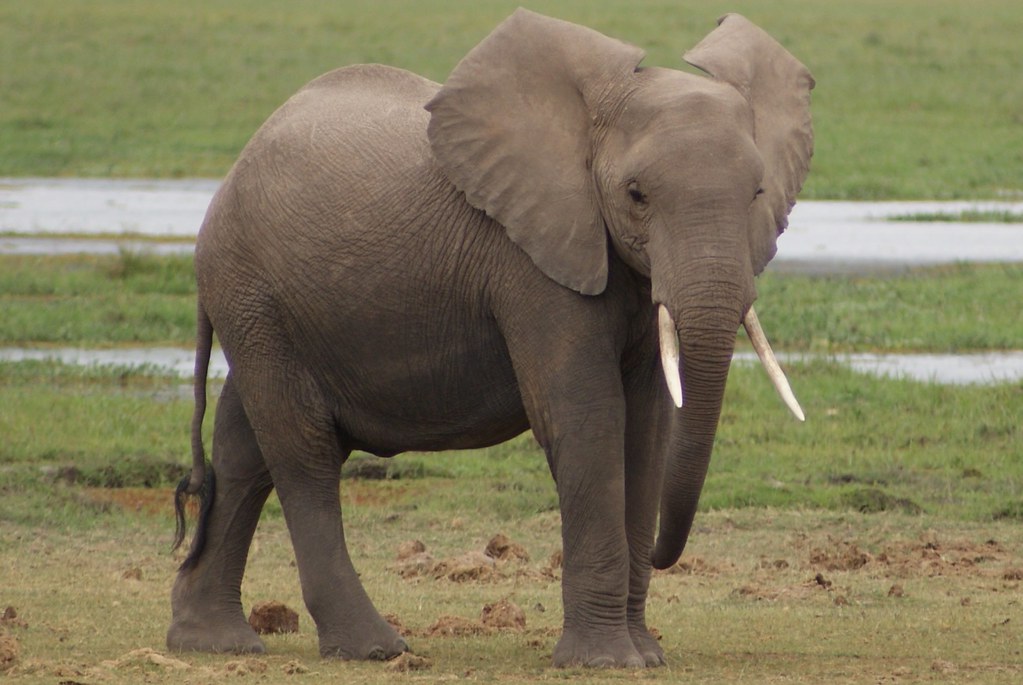
These big animals, known for their intelligence and emotional depth, are rapidly disappearing due to poaching and habitat loss. African elephants are targeted for their ivory tusks, and human-wildlife conflict exacerbates their decline. With populations shrinking by thousands each year, their presence in the wild is becoming increasingly precarious.
Polar Bears
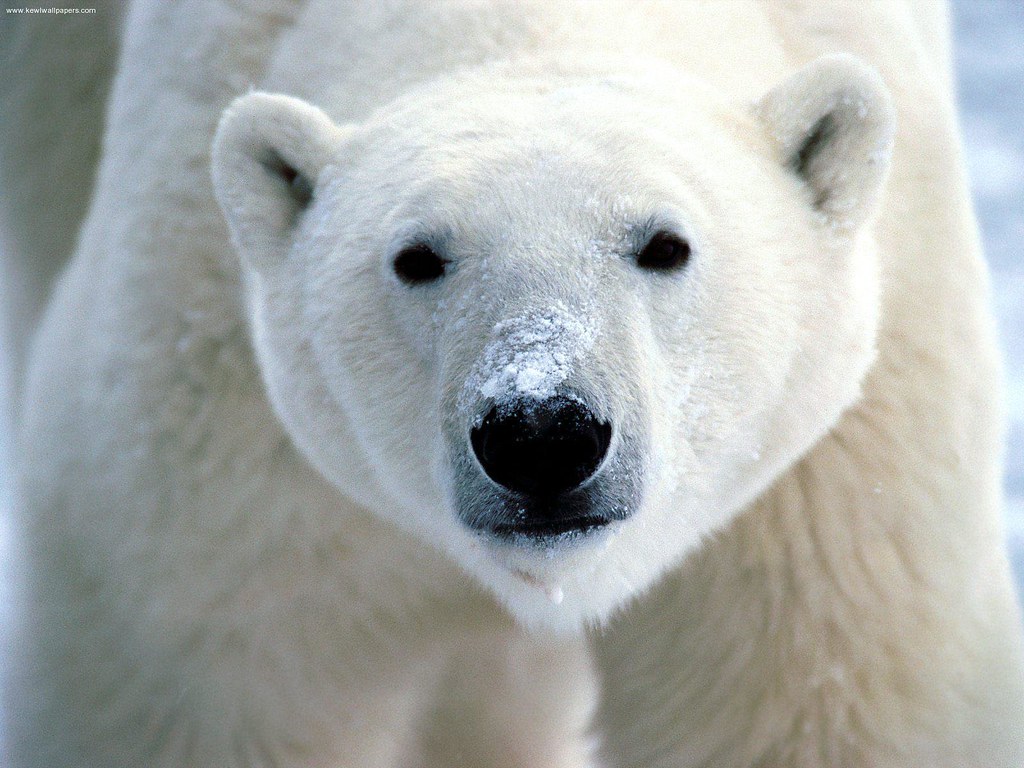
Polar bears are struggling as climate change melts the sea ice they depend on for hunting seals. As their habitat shrinks, these magnificent predators are forced to travel longer distances for food, putting their survival at risk. Without immediate action, their future looks bleak.
Amur Leopards

The rarest big cat in the world, the Amur leopard, is critically endangered, with fewer than 100 individuals left in the wild. Found in the forests of Russia and China, they face threats from poaching, habitat destruction, and a declining prey base. Their striking beauty makes their potential loss all the more heartbreaking.
Sea Turtles
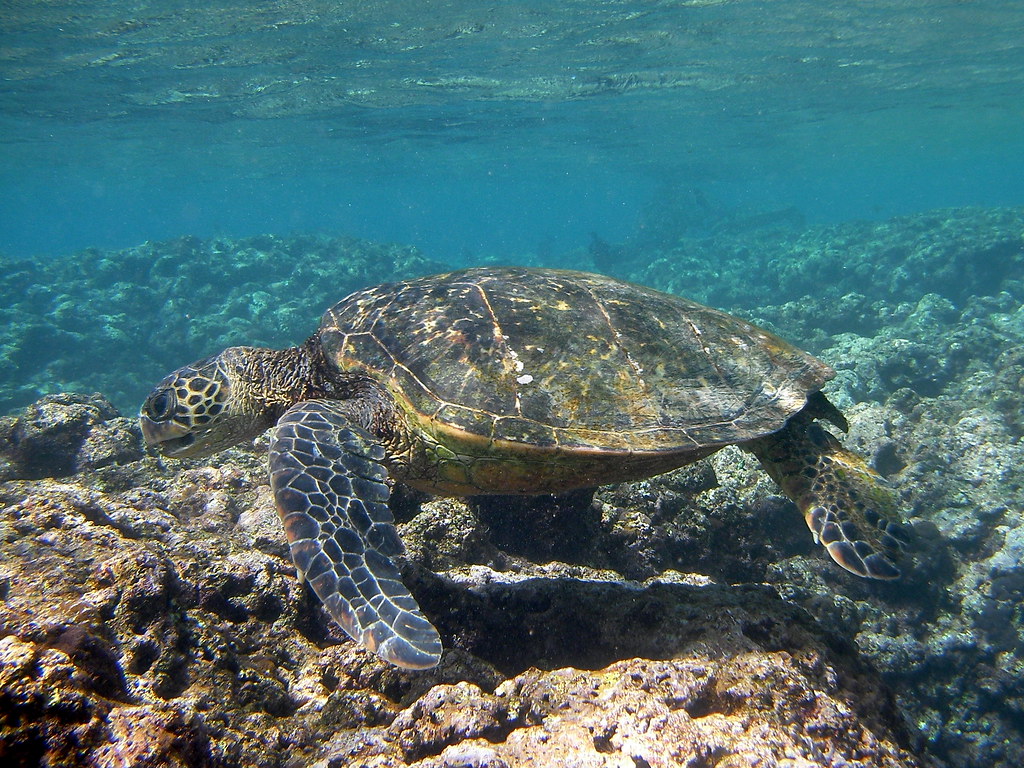
Sea turtles, including the leatherback and hawksbill species, are at risk due to pollution, climate change, and illegal hunting. Rising ocean temperatures disrupt nesting patterns, while plastic waste often ends up in their stomachs. Despite their long evolutionary history, sea turtles are now on the verge of disappearing.
Orangutans
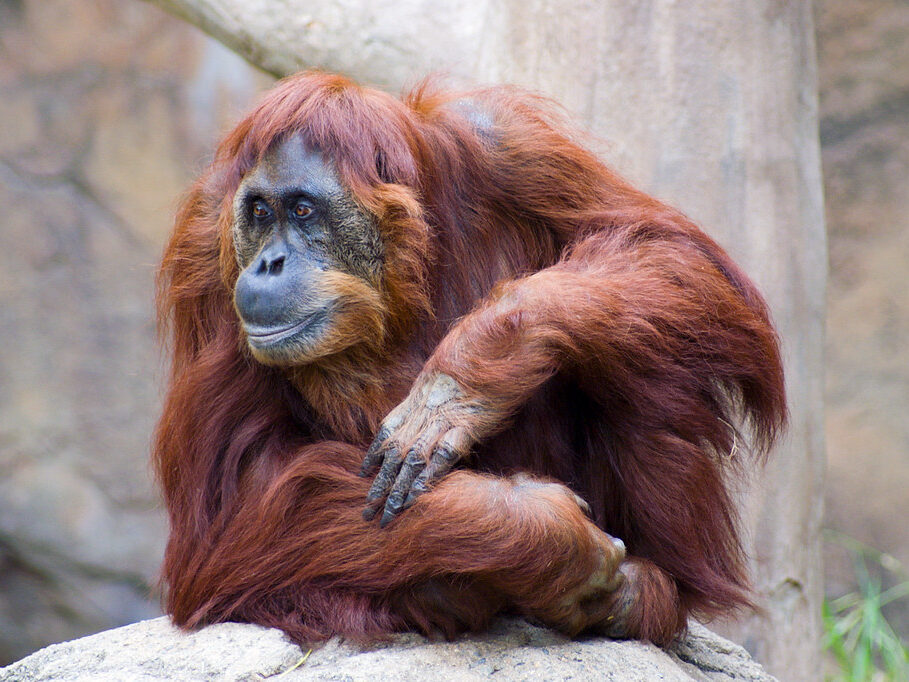
Known as the “people of the forest,” orangutans are highly intelligent and share 97% of their DNA with humans. Found in the rainforests of Borneo and Sumatra, they are losing their homes to deforestation and palm oil plantations. If current trends continue, these gentle apes could vanish entirely.
Pangolins

Often called “scaly anteaters,” pangolins are the most trafficked mammals in the world. Their scales are highly sought after in traditional medicine, and their meat is considered a delicacy in some cultures. Despite their unique role in controlling insect populations, pangolins are being driven to extinction.
Vaquitas
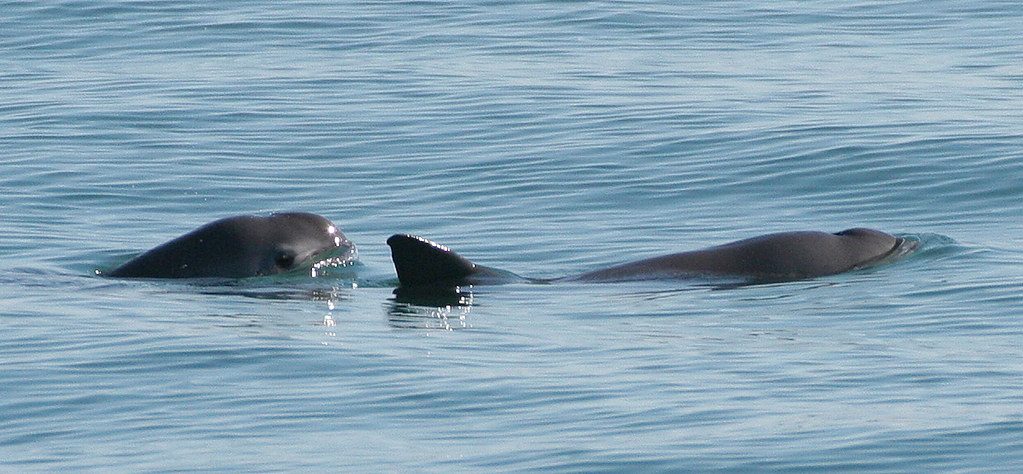
The vaquita, a small porpoise found only in the northern part of the Gulf of California, is critically endangered, with fewer than 20 individuals left. Entanglement in illegal fishing nets has decimated their population. Without immediate conservation efforts, they could become extinct within the next few years.
Snow Leopards
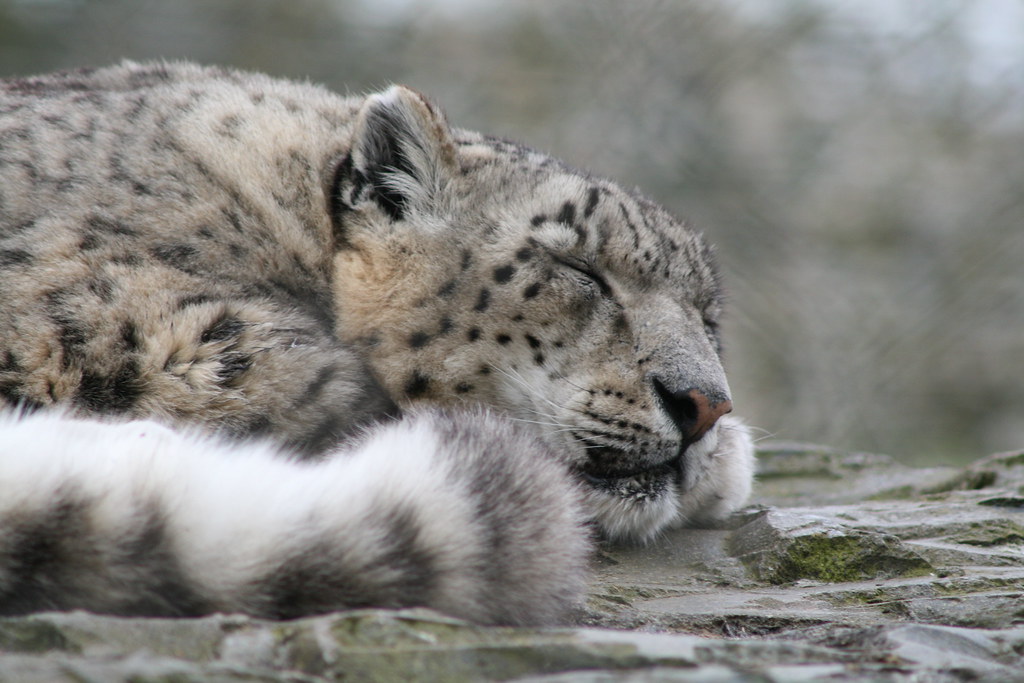
Snow leopards, often called “ghosts of the mountains,” are elusive creatures living in the rugged terrain of Central Asia. They face threats from habitat loss, poaching for their pelts, and retaliatory killings by farmers. As their numbers dwindle, the silence in their once-roaring habitats grows louder.
Blue Whales
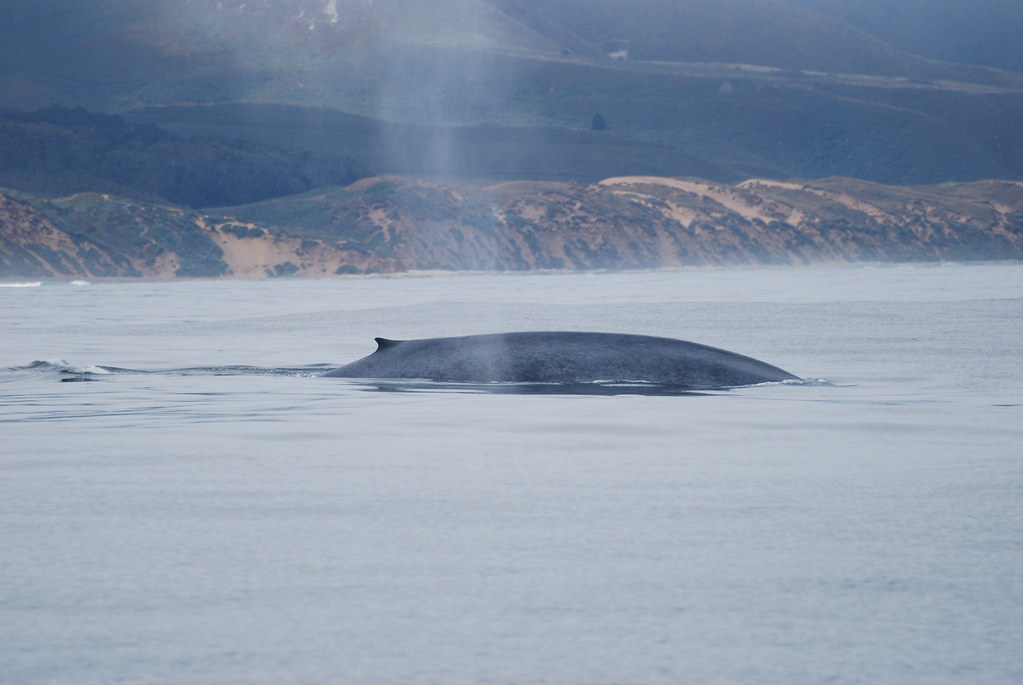
The largest animals to ever live on Earth, blue whales face ongoing threats from ship strikes, entanglement in fishing gear, and noise pollution. While hunting has largely ceased, these gentle giants still struggle to recover from decades of overexploitation. Their haunting songs could one day fade from the oceans.
Tigers
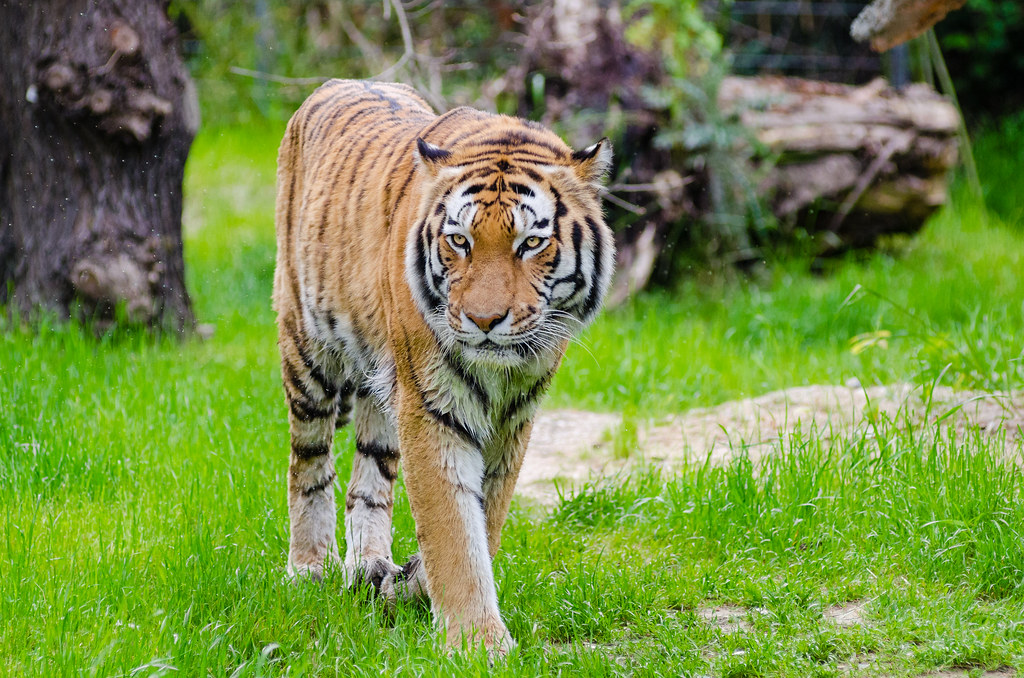
Tigers, symbols of strength and beauty, are critically endangered due to poaching and habitat loss. With fewer than 4,000 individuals left in the wild, their once-vast territories are now fragmented. Conservation efforts are ongoing, but the challenges they face are immense and urgent.
Monarch Butterflies
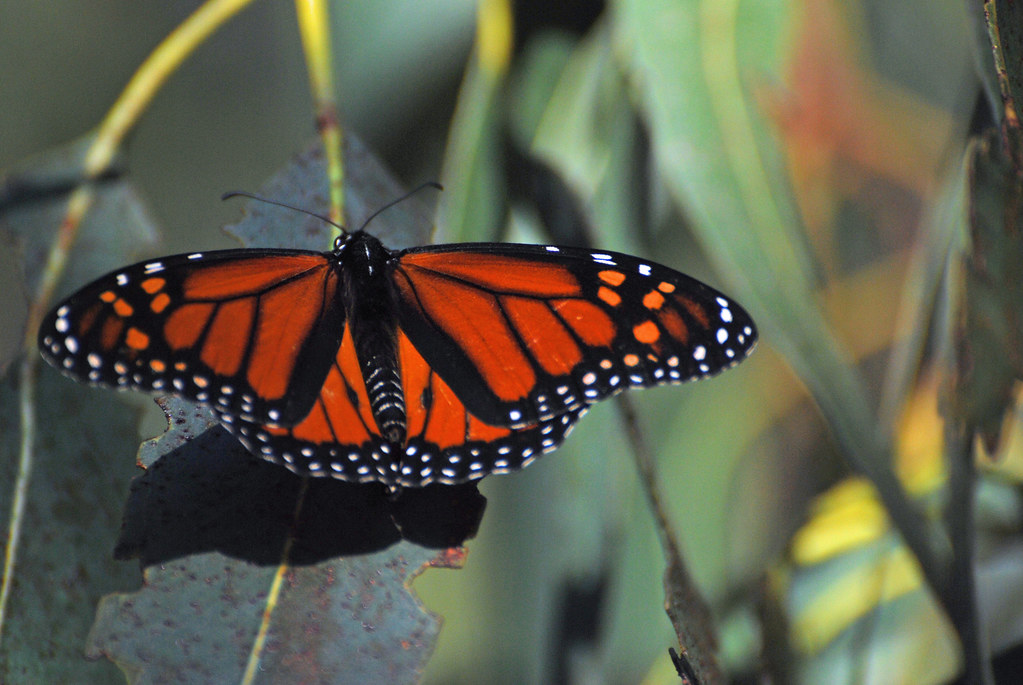
These iconic orange-and-black butterflies, known for their incredible migration across North America, are at risk due to habitat destruction and climate change. The loss of milkweed plants, which are essential for their larvae, has drastically reduced their population. Their absence would leave a void in gardens and ecosystems alike.
Giraffes
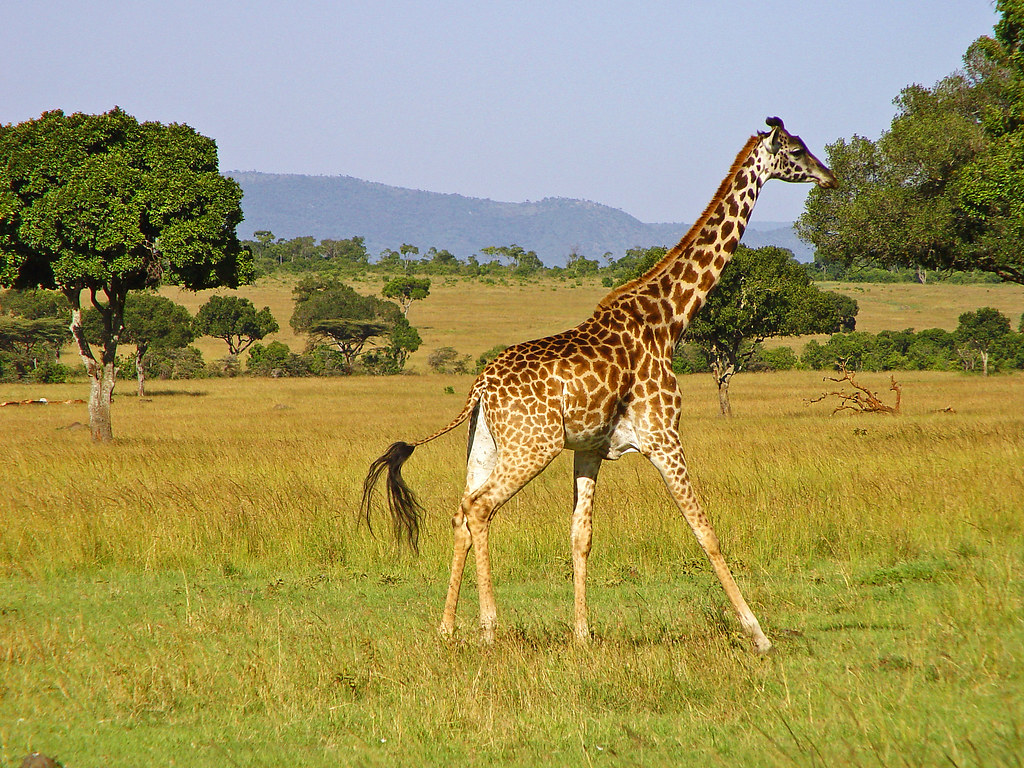
Often overlooked in conservation conversations, giraffes are quietly facing a silent extinction. Habitat loss, poaching, and human-wildlife conflict have caused their populations to plummet. Known as “gentle giants,” their towering presence may soon be confined to zoos if action isn’t taken.
Coral Reefs
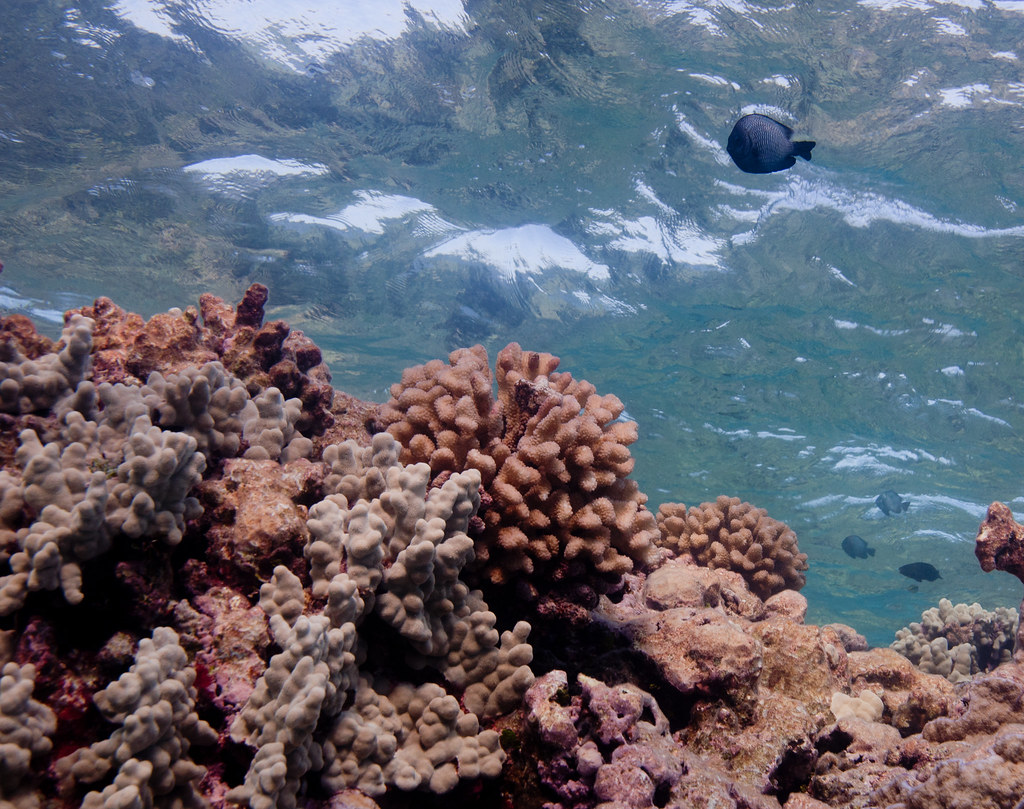
While not a single species, coral reefs are ecosystems that support countless marine animals. Rising ocean temperatures and pollution have caused widespread coral bleaching, threatening species like clownfish and parrotfish that depend on reefs for survival. Losing coral reefs would mean losing the vibrant underwater worlds they sustain.
Axolotls
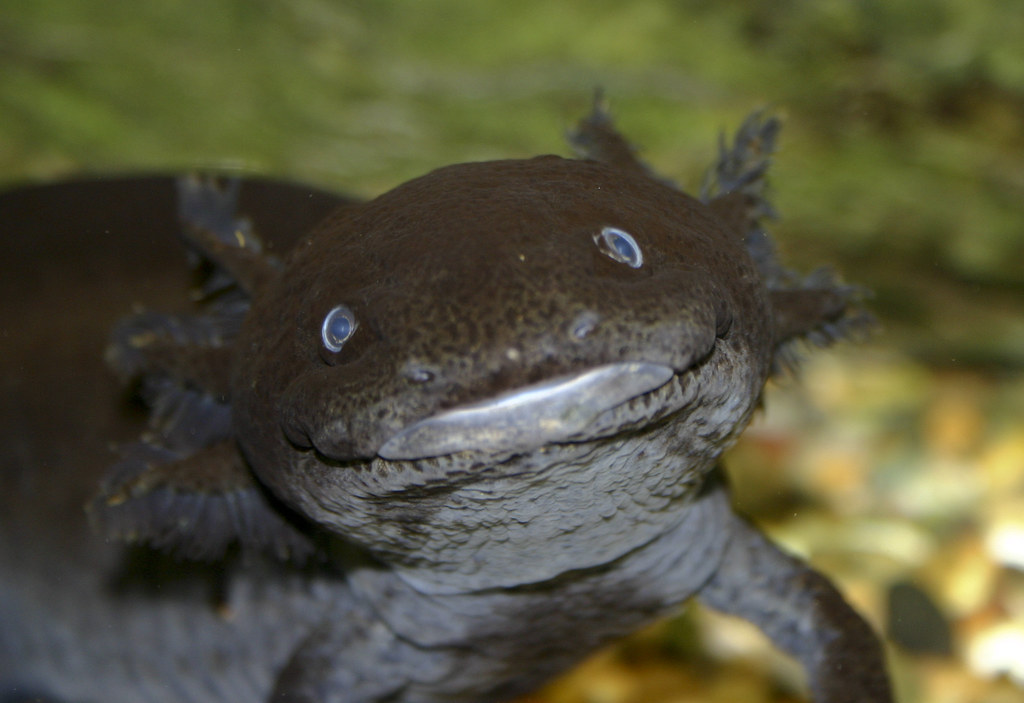
These unique amphibians, often called “walking fish,” are native to Mexico and are critically endangered in the wild. Habitat loss and pollution have devastated their numbers, although they remain popular in captivity. Their disappearance from their natural habitat would mark the end of an extraordinary evolutionary story.
Koalas
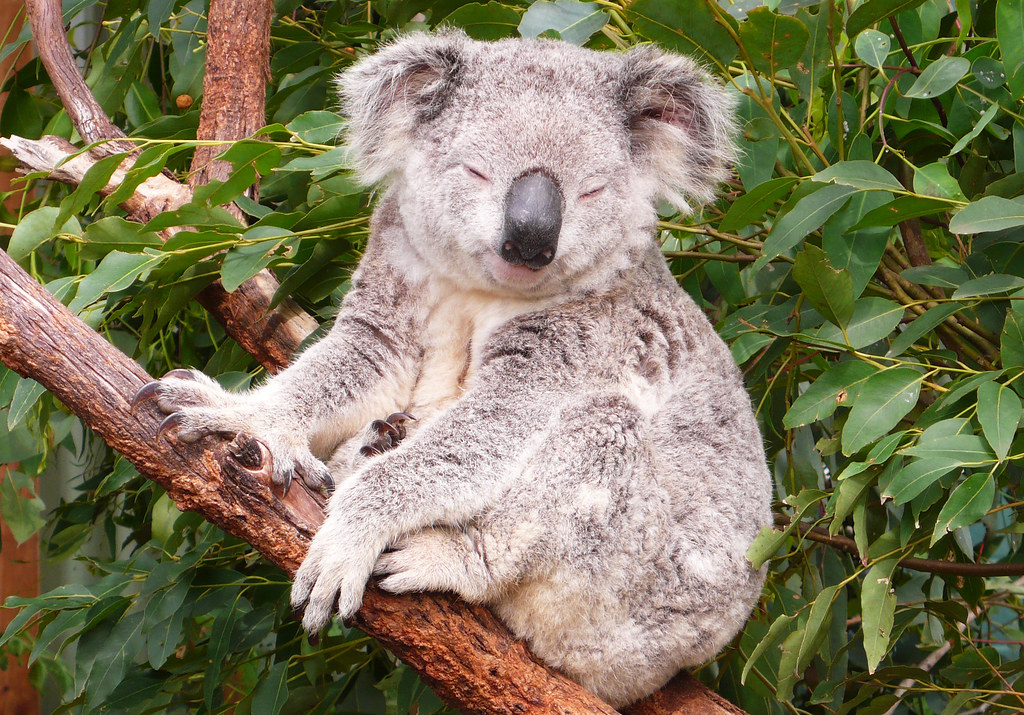
Australia’s beloved koalas face a grim future due to habitat destruction, wildfires, and disease. Known for their cuddly appearance and slow-moving nature, these marsupials rely on eucalyptus forests, which are rapidly being cleared. Without intervention, they could soon vanish from the wild.
